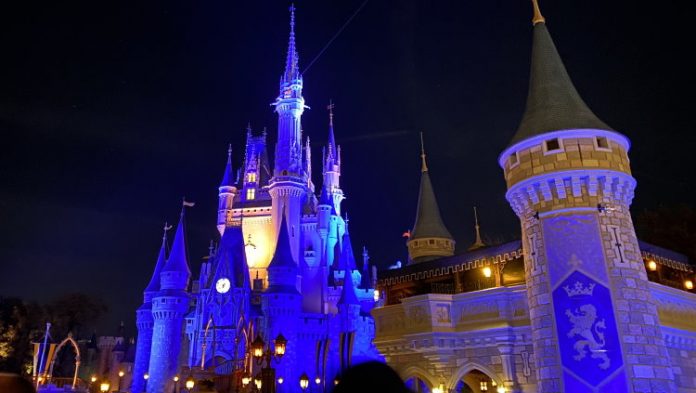Disney CEO Bob Chapek spoke about a variety of topics in a recent interview with The Hollywood Reporter. One of Chapek’s most detailed answers was in response to a question about his reputation for increasing prices and cutting operating costs.
The Hollywood Report asked:
“You’re known as a guy who cuts costs and raises prices. You’ve raised the prices pretty stiffly [for some streaming plans] and the parks. And you’ve gotten some blowback from superfans. How much can you keep raising prices and does ill will from them create a problem for the brand?”
Chapek’s response was lengthy, so we’ll break it down into segments and offer some running commentary.
Chapek:
“We love all our fans equally. We love the superfans, obviously. But we also like the fans that don’t have the same expression of their fandom. We want to make sure that our superfans who love to come with annual passes and use [the parks] as their personal playground — we love that. We celebrate that. But at the same time, we’ve got to make sure that there’s room in the park for the family from Denver that comes once every five years.”
The start of Chapek’s response is fascinating. He’s very candid, which we do appreciate, and he points out the issue Disney runs into with annual passholders. On average, annual passholders aren’t spending as much as the family making a once-in-a-lifetime visit. That leads to Disney making remarks about an “unfavorable attendance mix” when those once-in-a-lifetime guests are blocked out by lower-spending passholders.
Chapek:
“That doesn’t seem like a real balanced proposition. I guess it’s possible that the superfans look at that as a disadvantaging of the way they consume the park, but we’ve got to make sure that not only are we heeding the needs of our superfans, but we’re heeding the needs of everyone who travels from across the country one time every five years. We have a real high-class problem: We have much more demand than there is supply.”
There’s no question that Disney currently has more demand than supply. That makes the annual passholder, who may not spend a ton per visit, less valuable to Disney. That’s a big reason why annual passes have been paused or changed even a year after they debuted. Blockout dates are now a feature of every Disneyland pass so Disney can capitalize on bigger spenders at peak times.
Chapek’s final comments:
“What we will not bend on is giving somebody a less than stellar experience in the parks because we jammed too many people in there. If we’re going to have that foundational rule, you have to start balancing who you let in. … Our ticket prices and constraints we put on how often people can come and when they come is a direct reflection of demand. When is it too much? Demand will tell us when it’s too much.”
Summarized, Chapek points at guest attendance mix and large demand as the main drivers behind recent price increases. However, there’s a key point that has been left out of the conversation – capacity.
A portion of Disney’s current problems are their own doing. The reluctance to invest in the theme parks in ways that add meaningful capacity has led to many of the problems facing Disney today.
Attendance has risen, but Disney hasn’t given guests more things to do. That leads to crowding and a generally miserable experience that has led to Genie+, the theme park reservation system, and Chapek’s comments about passholders.
Using Walt Disney World as an example, many of the recent additions to the parks have failed to add much-needed capacity. Mickey and Minnie’s Runaway Railway took the place of The Great Movie Ride. Frozen Ever After replaced Maelstrom. And so on. Disney has focused on marquee attractions taking the place of older attractions, which has compounded on the capacity problem.
The topic of capacity is why we were so excited for the Main Street Theatre project at the Magic Kingdom. The now-postponed/cancelled project would have added a new attraction that could have held a ton of people throughout the day. It wouldn’t replace an existing attraction and it wasn’t such a headliner that attendance would increase simply by it opening. It was a low-to-mid tier attraction that represents what Disney needs to add at many of its theme parks.
Disney’s refusal to increase capacity, especially at Walt Disney World, is why the company is now turning to price increases and ever-increasing hoops for guests to jump through. It’s much easier to focus on increasing current guest revenue than it is to invest in the parks and meet the growing demand.
The other point to quickly highlight is the guest experience. If Chapek wants to increase prices and limit attendance to offer a premium experience, that experience has to deliver. That means attractions need to be working, quality entertainment needs to be offered, and more. It also means the parks need to be staffed at a level where premium customer service can be offered. There’s many areas where the guest experience is currently falling short of a premium experience.
How will Chapek’s and Disney’s strategy work out over the next several years? We’ll have to wait and see.







